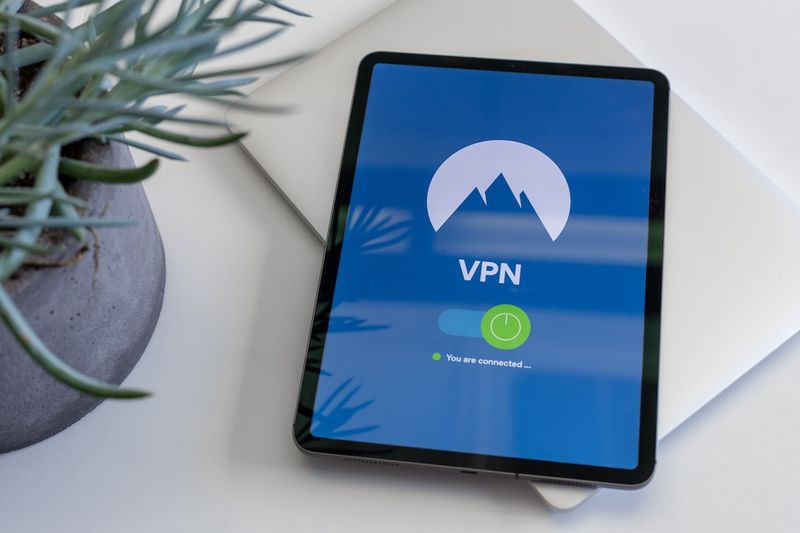The Growing Cybersecurity Workforce Gap: Insights from the OECD Report
The Organisation for Economic Co-operation and Development (OECD), in collaboration with Microsoft, has recently published a comprehensive report that delves into the supply and demand of the cybersecurity workforce. With a focus on Australia, Canada, New Zealand, the UK, and the US, the report sheds light on the concerning worker shortages and escalating cyberattacks that pose significant risks to global security.
The Global Cybersecurity Workforce Shortage
(ISC)², a renowned cybersecurity certification organization, estimates that there is a staggering global shortage of 3.4 million skilled cybersecurity professionals. Nearly 70% of organizations are grappling with this shortage, which has been exacerbated by the pandemic. Cybersecurity failures have ranked among the top ten worsened risks during the pandemic, adding more strain to security teams and increasing the demand for qualified cybersecurity workers.
Insights from the OECD Report
The OECD’s report analyzes over 400 million online job postings from January 2012 to June 2022, providing valuable insights into the most sought-after cybersecurity skills over the past decade. These skills include cloud security, cybersecurity frameworks, and threat assessment. By carefully examining these dynamics, organizations can assess their current needs against existing education and training programs to identify areas where gaps exist.
Collaboration between Public and Private Sectors
To address the cybersecurity workforce shortage, it is crucial for the public and private sectors to collaborate and implement sweeping changes that empower current and future cybersecurity workers. The OECD report suggests three key strategies for expanding educational opportunities and building a skilled cybersecurity workforce:
1. Offer multiple career pathways within cybersecurity training
Companies and educational institutions should provide both formal and informal cybersecurity training programs at various levels, catering to a broad range of job roles. Long- and short-course formats should be available, allowing professionals to upskill or reskill. Additionally, establishing clear progression pathways between training programs will enable individuals to advance their careers seamlessly.
2. Close the workforce gap with skills-based recruitment and formal education
Given the rapidly evolving nature of cybersecurity, acquiring skills through various education channels is essential. Community and technical college programs, skills-based certifications, and formal education all play a role in developing cybersecurity expertise. Recognizing acquired skills during the recruitment process can help bridge the workforce gap and create opportunities for young people and individuals with less experience.
3. Build basic digital skills first
Fundamental digital skills create the foundation for cybersecurity proficiency. People from all walks of life, particularly the disadvantaged, should have access to programs that develop essential online knowledge. Before engaging in cybersecurity-specific training, workers must possess a basic understanding of concepts such as cloud computing. Embedding cybersecurity best practices throughout organizations and fostering a culture of shared responsibility will raise the security standards across the board.
Embracing Diversity to Fuel Cybersecurity
The OECD report also emphasizes the importance of diversity in the cybersecurity workforce. The demand for cybersecurity professionals is no longer confined to major urban centers, creating an opportunity for individuals from diverse professional backgrounds to enter the field. To close the skills gap, companies should consider nontraditional career paths in cybersecurity and broaden their recruitment efforts. By nurturing a diverse workforce, organizations can approach security challenges from different angles and uncover innovative solutions.
Benefits of Diversity in Cybersecurity
A diverse workforce provides a wide range of unique experiences and life skills that enhance the industry as a whole. Recruiting candidates from diverse backgrounds enables companies to tackle security challenges inclusively, ensuring effective measures for all users, regardless of their backgrounds or abilities. By weaving diversity throughout the entire recruitment and retention process, organizations can create a security framework that protects everyone and addresses the evolving threats more effectively.
Conclusion
The cybersecurity workforce gap is a pressing concern that requires a collaborative effort from employers, educators, and policymakers. The OECD’s report sheds light on the demand for cyber skills and the need for innovative strategies to bridge the gap. By offering diverse career pathways, implementing skills-based recruitment, and cultivating basic digital skills, we can develop a more skilled cybersecurity workforce. Embracing diversity will fuel innovation and enable organizations to effectively safeguard against evolving cyber threats. Only through collective action can we reinforce our security measures and create a safer digital environment for all.

<< photo by Petter Lagson >>
The image is for illustrative purposes only and does not depict the actual situation.
You might want to read !
- The Essential Guide to Building a Secure Future with SaaS and AI
- Exploring the Evolving Threat Landscape: MITRE’s Latest Updates to the CWE Top 25
- Cybersecurity Alert: Proxyjacking Campaign Exploiting Vulnerable SSH Servers
- TSMC Faces Cyber Threats: A Closer Look into the Hacking Incident
- Amsterdam Hosts IEC Standardization Leaders for Critical Review of Utility Interworking Standards
- Tech Talent in High Demand: Exploring Europe’s Strong Employer Demand for Technology Workers
- “Fortifying Hybrid and Multicloud Environments: 3 Essential Strategies for Enhanced Security”
- WhatsApp’s Enhanced Proxy Feature: A Shield Against Internet Shutdowns
- “Are You Exposed to the Perils? MITRE’s 2023 Top 25 Dangerous Software Weaknesses Revealed”




